
Dave Miller – Tech Enthusiast & Security Expert – April 25th, 2022
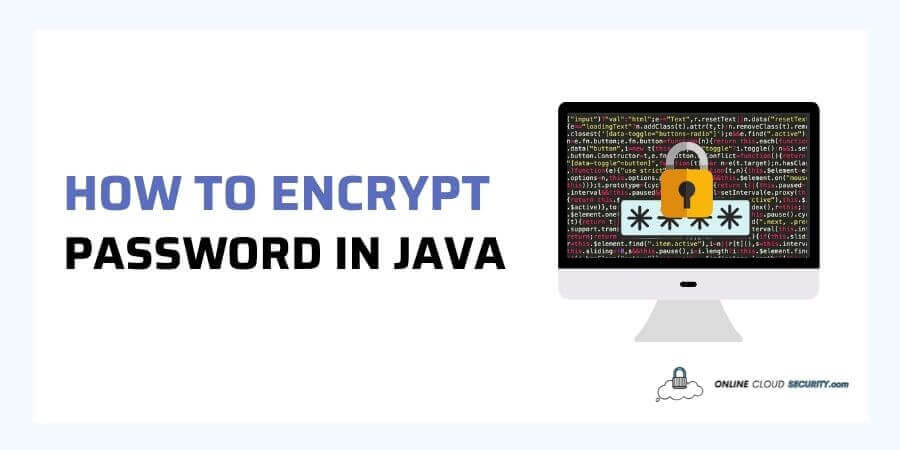
There is always a need to work with passwords in core Javascript or enterprise websites to register users, but one difficulty remains: How to Encrypt Password in Java? Typically, when a person registers for your management software or a mobile app, we ask them to create a safe password, collecting and storing it in a database to authenticate the user. However, as software engineers, one of your most essential tasks is to secure your app users’ personal information. They lack technical understanding and have no option but to trust that you will take care of this for them.
Continue reading the article because today I’ll discuss some of the most often used strategies for keeping user data safe in Java and some dos and don’ts.
This year marks the 26th anniversary of the Java programming language, making it relatively earliest by programming language standards. And Java is still doing quite well, with more than 90% of Fortune 500 companies using it. Java has 8 million software developers globally, and it will continue to be one of the most extensively used programming languages.
One of the most complicated, comprehensive, and crucial parts of software development is security. Java security should be a primary focus at every app development step, from class-level linguistic forms to API endpoint authorization, because this language isn’t going away. Unfortunately, the software development sector has a terrible record regarding passwords. Yes, I recognize that building a 100% secure system is impractical. Still, you can take easy actions to ensure that our users’ passwords are safe.
The Java security APIs cover many topics, with many APIs and applications, including implementations of widely used security methods, mechanisms, and protocols. As a result, you must make full use of all available tools to safeguard your user database, and for that, you need to know how to encrypt password in Java.
In general, storing user passwords is not safe since anyone who peeks at the user’s database table may view genuine users’ passwords. As a result, encryption converts plaintext data into an unreadable format by combining an encryption algorithm with an encryption key. Encrypting a password may be done in a variety of ways. However, hashing is one of Java’s most often used encryption algorithms.
Producing a string from a specific message using a functional form called a cryptographic hash gets referred to as hashing. A many-to-one transformation gets used in hashing. Given input gets translated to an output that is not unique to that input. To encrypt a password, Java programming supports numerous hashing algorithms.
It is this topic that I will concentrate on for the remainder of this article.
There are popular techniques for encrypting your password in javascript. Still, I will focus on a few of them to get you an overall understanding.
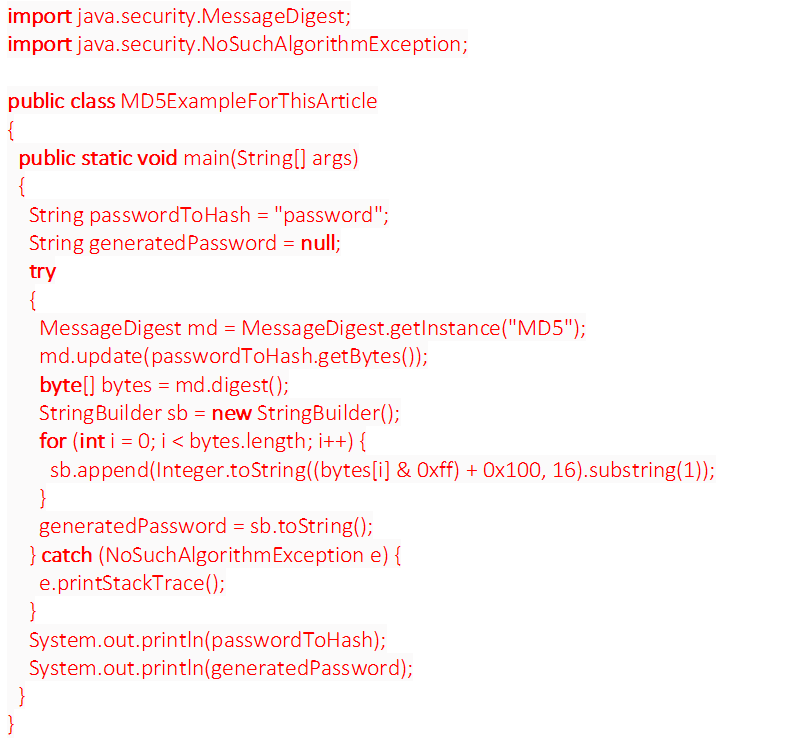
The MD5 message-digest method was created in 1992 and is a widely used hashing technique. The primary concept is to translate variable-length data sets into fixed-length data sets. It generates a 128-bit hash value and technique designed for digital signature applications. The file must be securely ‘compressed’ before getting encrypted with a private key.
Note: MD5 hashes are no longer deemed cryptographically safe techniques and should not get utilized for cryptographic authentication. Because MD5 is not collision resistant, various passwords can eventually produce the same hash. It is unnecessary to discontinue using MD5 in other applications, such as HMAC-MD5; nevertheless, it must get avoided since MD5 cannot get used for digital signatures.
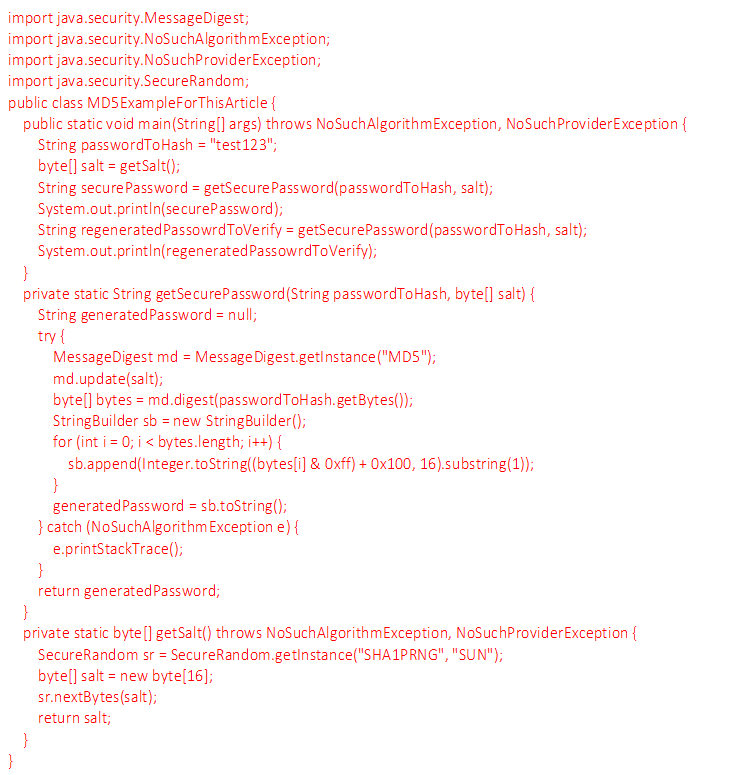
Salt is a cryptographically safe function given to the input of hash functions to generate unique hashes for all inputs, regardless of whether the input is unique. It is done to lessen the impact of a hash table or dictionary attack. Every other algorithm can likewise benefit from the addition of a Salt. But you must be more interested in how it can get applied to MD5 to make it more secure. To get excellent salts, always use a SecureRandom. This class offers a cryptographically secure random number generator (RNG).
One of the most widely used cryptographic hash algorithms is the Secure Hash Algorithm. The SHA algorithm gets implemented in Java in four different ways. In compared to MD5 (128-bit hash), they create the following length hashes:
The basic notion is that the longer the hash, the more difficult it is to break. SHA-256 hashing is now frequently used since it is one of the most secure hashing techniques in the cryptographic realm. In terms of performance, SHA-256 hashes are around 20-30% slower to calculate than MD5 or SHA-1 hashes. Nevertheless, the most reliable hash is SHA-512. Below is the code example for SHA-256 hashing.
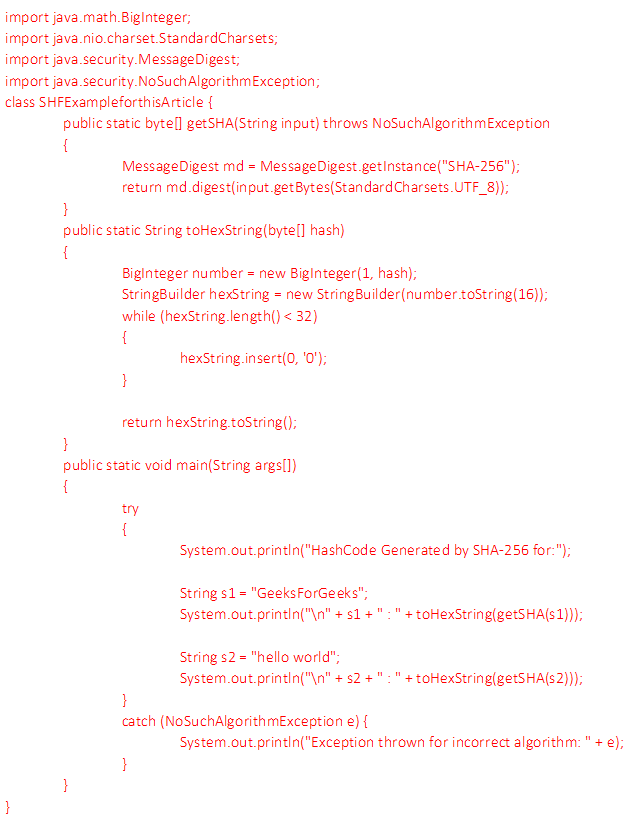
The objective is to make a hash function slow enough to thwart assaults while still fast enough for the user to notice. Password-based-Key-Derivative-Function is a successor to PBKDF1 and is used to build pseudorandom functions such as cryptographic hashes, ciphers, and HMACs. Because it relies on the interaction of hashing, salting, encryption, and key generation, PBKDF2 is a fascinating practical application of cryptographic ideas.
PBKDF2 slows down an attacker’s attack by delaying the ability to calculate a hash. It also defends against rainbows table attacks and those who reuse passwords across various sites. A provider can verify that their software only decodes sensitive data. At the same time, the user gets logged in by using PBKDF2 with the primary key at login time. Database dumps, authenticated assaults, and buffer overflow attacks on the program itself are rendered ineffective by this.
It can create different encrypted hashes with the same password at various times. Hence it’s best to use hashes encrypted using the PBKDF2WithHmacSHA1 technique, and the MD5 method is less secure than the PBKDF2WithHmacSHA1 approach.
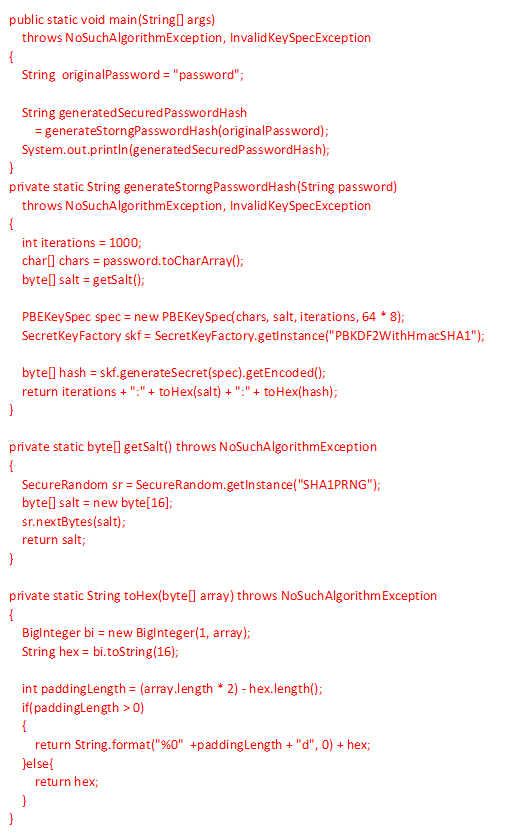
BCrypt has been around since 1999 and performs better than PBKDF2 in GPU/ASIC resistance. The underlying ideas in bcrypt are comparable to those in PBKDF2. The bcrypt hashing function, on the other hand, allows us to create a password security infrastructure that scales with computing capacity and hashes every password. Bcrypt and SCrypt also have the advantage of requiring a salt by default.
SCrypt, which has been in use for ten years and has a superior design to BCrypt, is today’s preferred idea. The Scrypt hash’s objective is to build a signature of its input data. Still, it does it very slowly. It gets expressly intended to make large-scale bespoke hardware assaults expensive by consuming a lot of memory. It gets utilized in several cryptocurrencies, and a few hardware implementations are available.
Java does not currently have support for BCrypt and SCrypt; some Java libraries do. It is where Spring security comes in handy since it is the most popular way to establish security features in Spring applications. Its main goal is to provide you with a customized protection method against common assaults. All of these suggested algorithms get supported by Spring Security via the PasswordEncoder interface. Still, you can also use the encoders directly if you don’t have a Spring Security-based application.
This password-based encryption approach employs plain text passwords and salt values to create a hash value. The salt value gets made up of random data created by a Random class instance from the Java.util package. Following that, the hash value gets encoded as a Base64 text. You may keep a safe value of the user password encoded in Base64 and the salt value in your database once you obtain it.
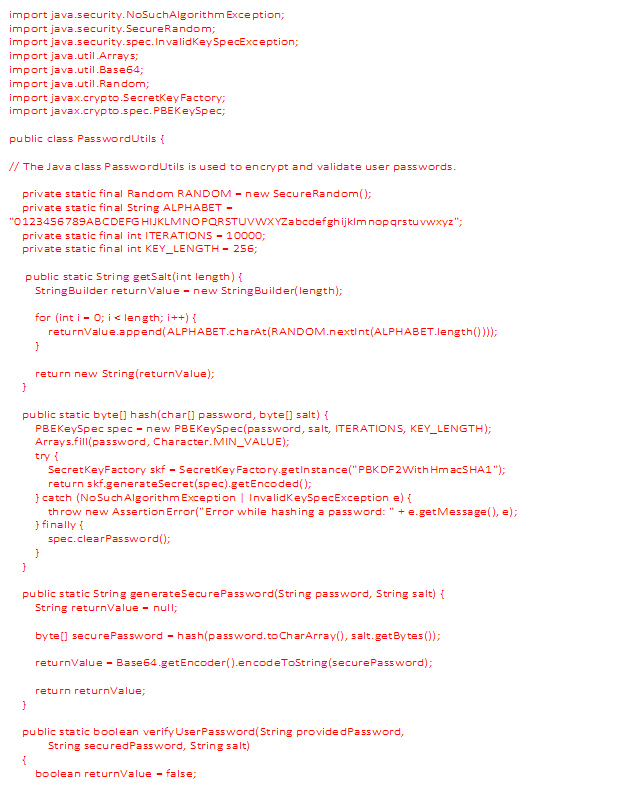
So, I’ve done some digging into password hashing for you, investigating the idea and its applications to understanding better the many strategies available for protecting user data. Keep in mind that old approaches are becoming obsolete with each passing year, but with a few more techniques, they can still be effective, like in the case of MD5. It provides basic hashing for a secure password hash, but adding salt makes it more secure. Alternatively, you may utilize the SHA algorithm, which generates hashes ranging from 160 to 512 bits in length and get designed to be more secure.
Remember that even SHA hashed safe passwords can get deciphered with today’s fast hardware. To counteract this, you’ll need algorithms that can slow down and reduce the impact of brute force attacks. Algorithms such as PBKDF2, BCrypt, and SCrypt have got considered. So, before contemplating implementing proper security algorithms, you must have a thorough grasp of all of these algorithms.
**Onlinecloudsecurity.com is a participant in the Amazon Services LLC Associates Program, an affiliate advertising program designed to provide a way for websites to earn advertising revenues by advertising and linking to Amazon.com and affiliated sites. As an Amazon Associate we earn affiliate commissions from qualifying purchases.**

Dave Miller is an IT Consultant for Online Cloud Security and has over 7 years of experience in the Information Technology space. He also specializes in repairing laptops & computers. In his spare time, he loves to talk about new technologies and hosts monthly IT and Cyber Security meetings in the Houston area.
Click any button down below to share this article on the following channels:

Online Cloud Security is here to recommend you the most secure devices, from laptops to smartphones, we only want to provide you with products that we have tested and used ourselves for online security. Every product that we recommend is heavily inspected and tested for security against hackers, viruses, malware, and any other intruders that may want to steal your information.

Online Cloud Security is here to recommend you the most secure devices, from laptops to smartphones, we only want to provide you with products that we have tested and used ourselves for online security. Every product that we recommend is heavily inspected and tested for security against hackers, viruses, malware, and any other intruders that may want to steal your information.
Your Trusted Source for Online Security